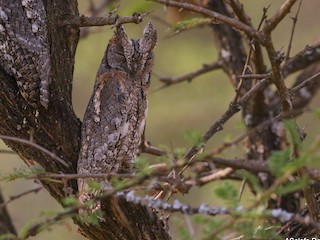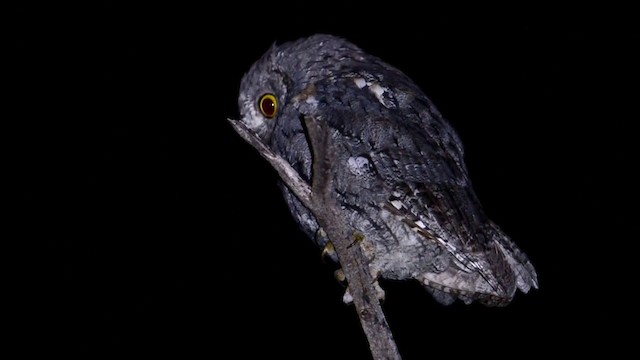African Scops-Owl Otus senegalensis Scientific name definitions
Revision Notes
Sign in to see your badges
Species names in all available languages
| Language | Common name |
|---|---|
| Afrikaans | Skopsuil |
| Bulgarian | Африкански чухал |
| Catalan | xot africà |
| Croatian | afrički ćuk |
| Czech | výreček africký |
| Dutch | Afrikaanse dwergooruil |
| English | African Scops-Owl |
| English (UK) | African Scops Owl |
| English (United States) | African Scops-Owl |
| Estonian | aafrika salupäll |
| Finnish | afrikanpöllönen |
| French | Petit-duc africain |
| French (Canada) | Petit-duc africain |
| German | Afrika-Zwergohreule |
| Icelandic | Stúfugla |
| Japanese | アフリカコノハズク |
| Norwegian | akasieugle |
| Polish | syczek afrykański |
| Portuguese (Angola) | Mocho-d'orelhas-africano |
| Portuguese (Portugal) | Mocho-d'orelhas-africano |
| Russian | Африканская сплюшка |
| Serbian | Afrički ćuk |
| Slovak | výrik africký |
| Slovenian | Afriški skovik |
| Spanish | Autillo Africano |
| Spanish (Spain) | Autillo africano |
| Swedish | afrikansk dvärguv |
| Turkish | Afrika İshakkuşu |
| Ukrainian | Сплюшка африканська |
| Zulu | umadletshana |
Revision Notes
In this revision, Guy M. Kirwan standardized the account's content with Clements taxonomy, and reviewed/updated text whenever possible. Peter F. D. Boesman contributed to the Sounds and Vocal Behavior page. Arnau Bonan Barfull curated the media.
Otus senegalensis (Swainson, 1837)
Definitions
- OTUS
- otus
- senegala / senegalensis / senegalla / senegallensis / senegalli / senegallus
The Key to Scientific Names
Legend Overview
Introduction
African Scops-Owl is the most widespread species of Otus in Africa. It occupies wooded savannahs, semi-open woodland, and gardens across most of the continent south of the Sahara, but it is absent from the denser, more humid forests of the Congo Basin, and from the deserts of southwestern Africa. It is very similar in appearance to Eurasian Scops-Owl (Otus scops), which winters across the northern portion of the range of the African species, and the two were once considered to be conspecific. However, the songs of the two species are different, although Eurasian generally is silent during its non-breeding season in Africa; the two species also differ in wing formula, in size, and in plumage, but there is overlap in most characters, and silent birds may not be identifiable in the field. African Scops-Owl is easily distinguished from the two species of white-faced owls (Ptilopis) by its smaller size, gray (not white) facial disks, much narrower black borders to the latter, and shorter ear-tufts. In terms of its natural history, African Scops-Owl is typical of the genus, feeding on large arthropods and the occasional small vertebrate, and nesting in a tree cavity.













































